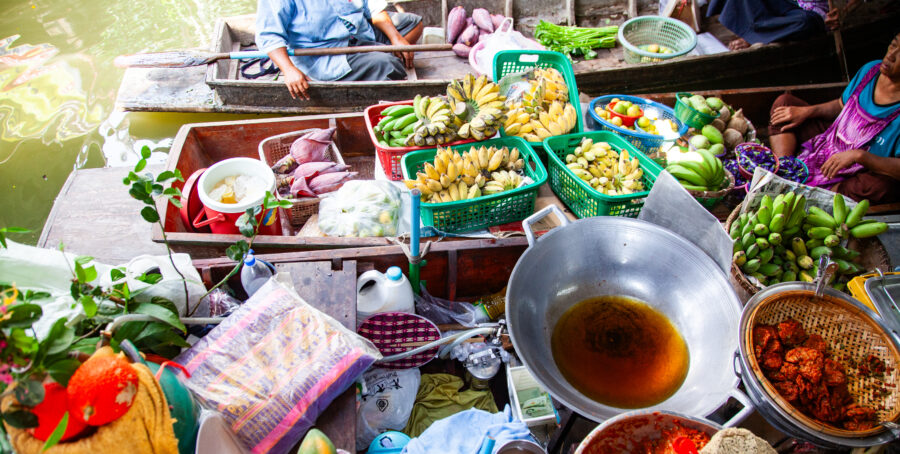Ultimate Food Travel Guide: 5 Key Insights to Plan Successful Food Tourism

Story Content
Welcome back to your Food Travel Guide.
Traveling isn’t just about seeing the world, it’s about tasting it. Whether you’re hopping across continents or exploring your home country, a food-focused trip can transform your journey into a multi-sensory adventure. From street stalls that serve age-old family recipes to elevated restaurants crafting modern masterpieces — how you plan, where you eat, and what you try matters.
These insights will help both experienced wanderers and first-time food tourists make smarter, more delicious travel decisions.
1. Define Your Food Travel Goals
- Authenticity vs. Comfort: Do you want to dive into the most local, off-the-beaten-path eats, or do you prefer places that are more traveler-friendly?
- Budget: Street food and markets are often cheap and flavor-packed, but fine dining in a food capital can be costly.
- Time: How much time do you have? A two-day stop might only let you scratch the surface — but if you’re staying longer, you can explore markets, family-run restaurants, and hidden gems.
- Health & Diet: Consider dietary restrictions (vegetarian, halal, gluten-free). Research how flexible local cuisine is, and where to find places that cater.
2. Research Before You Go
- Use Local Food Guides & Apps: Use food tourism guides like TasteAtlas to find traditional dishes in each region.
- Read Travel-Writer Insights: Leverage food + travel writing tips. For example, experienced food–travel writers recommend spending more than just a day in a place to truly absorb its food culture and avoid surface impressions. Get some food traveling ideas here.
- Learn Local Etiquette: Food customs vary — from tipping to how meals are shared. Peek Pro’s food tourism guide gives good advice on local dining etiquette.
- Plan Your Itinerary Around Meals: Instead of structuring your day by “sightseeing then eat,” flip it: find where to eat, then build experiences around those neighborhoods.
3. How to Eat Safely While Traveling
- Know What “Safe” Means: Local food scenes are rich but hygiene standards vary. Use common sense: busy stalls with lots of turnover often indicate freshness.
- Hydration & Water Safety: In some countries, tap water is not safe for drinking. Bring a reusable water bottle with a filter or buy bottled water instead.
- Street Food Strategy: Try foods that are cooked fresh in front of you. Avoid food that has been sitting too long.
- Allergies & Restrictions: Learn key phrases (“I am allergic to … / I don’t eat …”) in the local language. Research whether common allergens are used in street food or traditional dishes. There are useful language apps that can really help you out.
4. Connecting with Local Food Culture
- Go to Markets: Food markets are more than Instagram backdrops — they’re where local life happens. You’ll find fresh produce, street food, and traditional ingredients.
- Eat with Locals: Look for local-style family restaurants rather than only touristy spots. This is where many of the most authentic flavors live.
- Ask locals: Most of the times locals tend to have favorite spots and this recommendations may be different experiences than the common places for tourists. They’re the best food tourism guides
5. Practicing Respectful Food Travel
- Understand Cultural Context: Don’t just taste local food — learn the history. Many dishes reflect cultural or religious traditions.
- Avoid Food Tourism Traps: Touristy “food things” may lack authenticity. Balance must-try spots with places recommended by locals.
- Sustainable Choices: Try to support small, family-run vendors instead of chains.
- Tipping & Payment Norms: Research tipping customs — they vary widely. Also, many small food vendors prefer cash.
Food travel is more than eating — it’s an exploration of culture, history, community, and place. When you plan with intention — balancing authentic eats, safety, respect, and a bit of adventure — you’ll come home not just with memories, but with a deeper connection to the places you visited.
Use this guide as your roadmap: define your goals, research thoughtfully, make smart choices, and let your palate lead you to the heart of each destination. Safe (and delicious) travels!
Subscribe to our newsletter!
